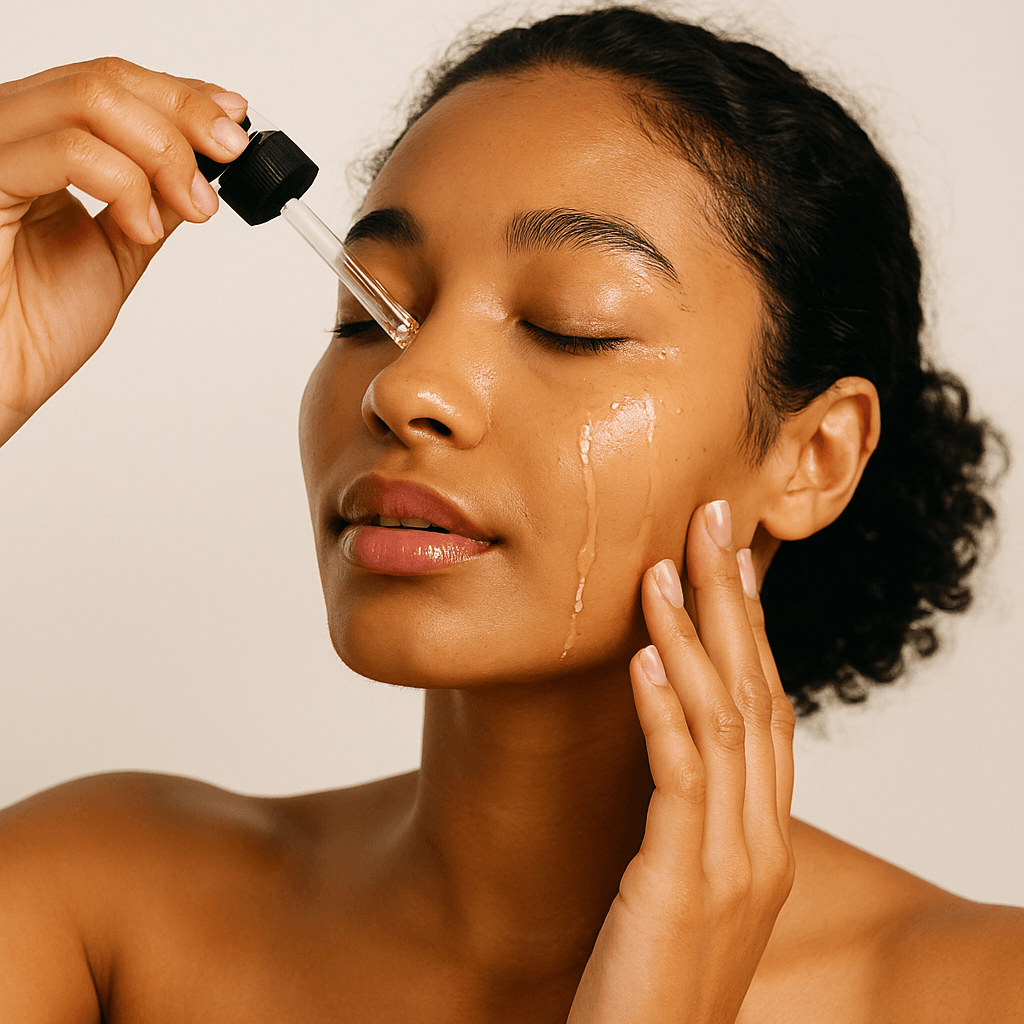By The Milk News Desk
NEW YORK – August 16, 2025
Skin flooding is the viral TikTok trend of layering hydrating products on damp skin. Learn how it works, the benefits, risks, and if it’s right for you.

What is skin flooding?
Skin flooding is a skincare technique that involves layering multiple hydrating products onto damp skin. The goal is to trap water in the skin’s outer layers, resulting in a plump, dewy appearance and a supported skin barrier. Though the name gained viral traction on TikTok, the method itself is not new; dermatologists and aestheticians note its strong resemblance to long-standing Korean beauty routines that prioritize layered hydration. The viral TikTok trend is a direct response to over-exfoliated skin, but dermatologists advise a tailored approach to this intense hydration method. Skin flooding has emerged as the beauty world’s answer to winter dryness, with the hashtag #skinflooding garnering over 84 million views on TikTok. This hydration-focused technique involves layering multiple moisture-rich products on damp skin to create what experts call a “flood” of hydration.
Why it matters
The trend’s popularity signals a broader shift in consumer focus from aggressive treatment to foundational skin health and barrier repair. For many, it’s a way to correct a damaged skin barrier. “Hydrating the different layers of the skin to protect the skin is something dermatologists have been telling their patients to do long before the term became trendy,” Dr. Renita Ahluwalia, founder of the Canadian Dermatology Centre.
The technique is particularly relevant for those with dry or dehydrated skin, especially during seasonal changes or in harsh, dry climates like those experienced in much of Canada and the northern US. It can also be beneficial for mature skin, which naturally produces fewer oils and retains less moisture over time.
How it works
The science behind skin flooding is based on two core principles: enhancing product penetration and preventing transepidermal water loss (TEWL), the process of water evaporating from the skin.
Applying products to damp skin can improve the absorption of certain water-soluble ingredients. The routine then uses humectants—ingredients like hyaluronic acid and glycerin—which act like sponges, drawing moisture into the skin. Hyaluronic acid, a key ingredient in many flooding routines, can hold up to 1,000 times its weight in water. Finally, a thicker moisturizer containing emollients (like ceramides) or occlusives is applied to create a seal, locking in the hydration.
A typical skin flooding routine involves four steps:
- Cleanse: Wash with a gentle, non-stripping cleanser.
- Dampen: Lightly pat the skin dry, leaving it damp. A facial mist can also be used here.
- Hydrate: Immediately apply a water-based serum containing a humectant like hyaluronic acid. Some may add a second serum with niacinamide for barrier support.
- Seal: Apply a moisturizer suitable for your skin type to lock everything in.
Risks and caveats
While beneficial for some, skin flooding is not a universal solution. Dermatologists caution that the technique requires personalization based on skin type. “For some skin types, especially oily or acne-prone skin, skin flooding can lead to over-hydration, potentially clogging pores and causing breakouts,” Dr. Alexis Young, a dermatologist with Hackensack University Medical Center, said in a statement.
Layering too many products can also increase the risk of irritation, or “pilling,” for those with sensitive skin. Experts at Canada’s Aventus Clinic warn that overwhelming the skin can trap dirt and that “more product doesn’t necessarily mean better results”. It is also critical to avoid layering potent active ingredients like retinoids or acids this way, as damp skin can increase their penetration and lead to significant irritation.
What’s next
The enduring appeal of skin flooding suggests a lasting consumer interest in barrier repair and fundamental skin health over quick fixes. Expect brands to continue developing and marketing products that fit into this gentle, hydration-focused philosophy, such as multi-weight hyaluronic acid serums, ceramide-rich moisturizers, and soothing facial mists. The trend reinforces that for many, the path to healthy skin is not about adding more aggressive steps, but about doing more with the essentials of hydration and protection.
